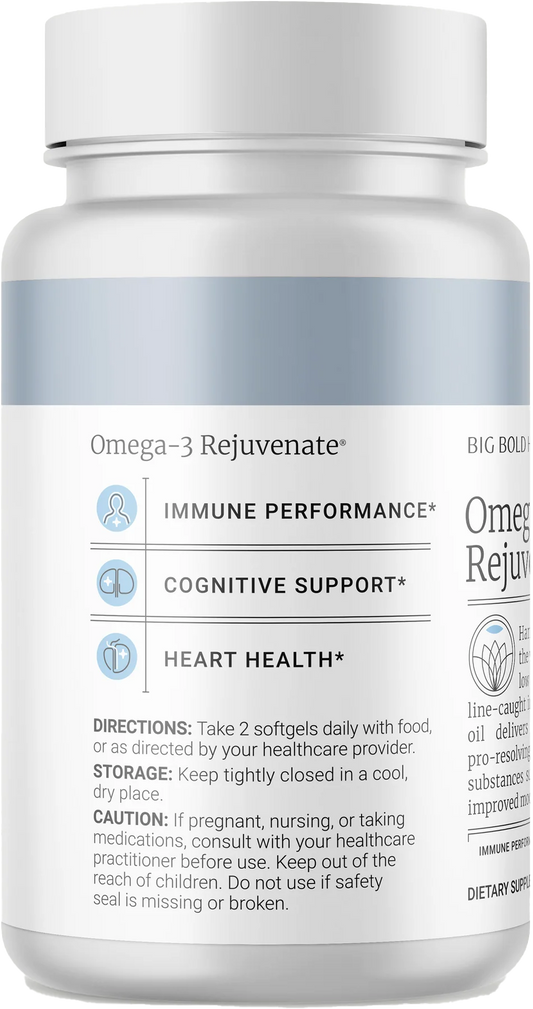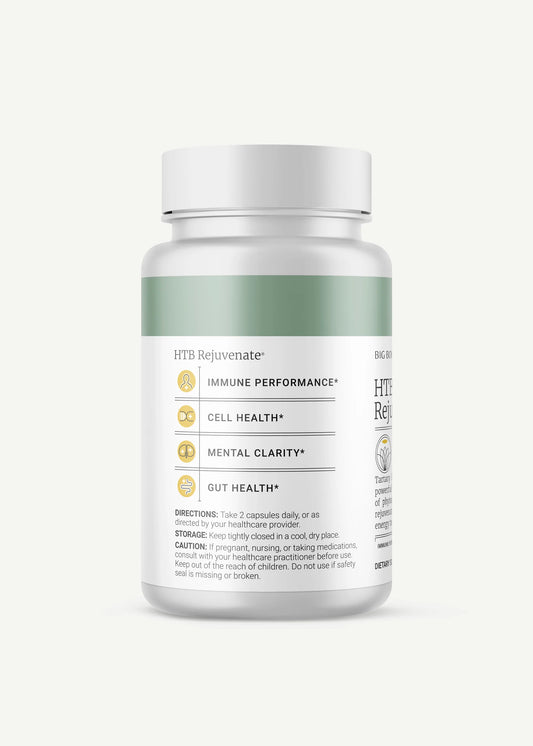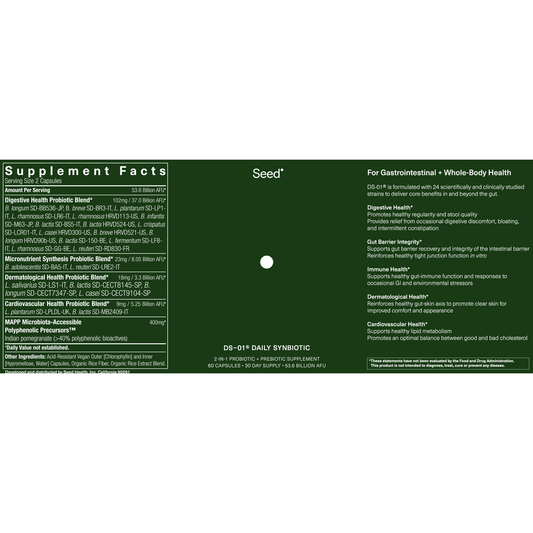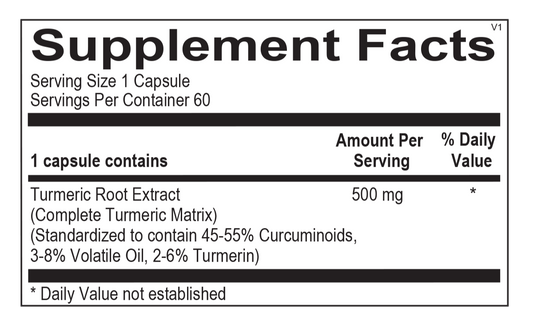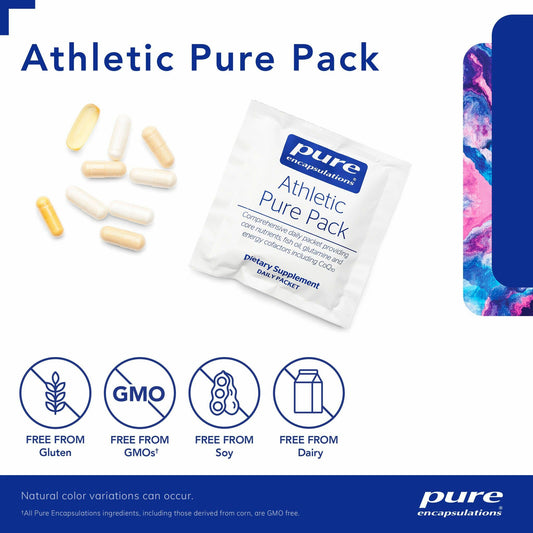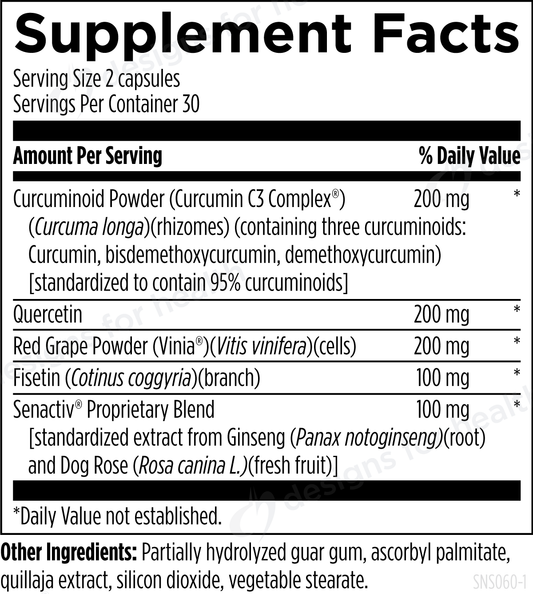My Exercise Routine for Health and Longevity.

Purposefully stressing out your body could be the secret to living longer. Sounds counterintuitive, right?
I’m not talking about chronic stress that overwhelms the body’s coping mechanisms and becomes detrimental to health over time.
I’m talking about small amounts of stress that help build up your body’s stress defenses in a positive way.
This is called “hormesis”—an intentional process aimed at promoting resilience.
The concept of hormesis suggests that exposing yourself to short bursts of healthy stress can actually activate your body’s built-in longevity pathways and slow down the aging process.
From intense exercise to cold showers or sauna sessions, these practices may be tapping into ancient biological mechanisms that prime your cells for survival.
So today I’m excited to share my favorite ways to “stress out” my body to activate those longevity switches for a longer, healthier, and happier life.
My Exercise Routine
I bet you didn’t know that I was a yoga teacher before I was a doctor. So maintaining an active lifestyle has always been at the cornerstone of my health and well-being. With that foundation in mind, here’s a glimpse into my regular exercise routine, which keeps me fit, flexible, and energized.
Outdoor Activities
I like to play—and biking, hiking, playing tennis are all fun. I never want to feel like I’m “exercising.” So I found what I love and that’s what I do.
I make it a point to hike, play tennis, or bike 4-5 times a week. These activities not only keep me active but also allow me to enjoy the great outdoors. I like to work out in the morning, when the light helps reset my circadian rhythms. Just this morning I worked out on my deck (it’s summer!) and went for a mountain bike ride through the woods in the brilliant morning June light.
I often “prescribe” outdoor exercise to help my patients tap into nature's restorative power. Taking your workout outdoors kicks exercise benefits into overdrive—I’m a strong believer in the power of nature to boost physical and mental health. This is because exercising outside doesn’t just give you the usual health perks of physical activity, but also provides collateral benefits that accompany those workout gains.
Research shows that the fresh air, scenery, and change of environment work wonders for energizing your body and mind—it literally improves your mental health.¹ Getting your sweat on outdoors means scoring an extra vitamin D boost from that glorious sunshine.
And you know what vitamin D leads to? A happier you thanks to the increased serotonin production.² As if that's not enough, surrounding yourself with nature's green scenery acts like a natural stress-melter—it actually lowers those cortisol levels. (Moderate to high-intensity exercise can temporarily spike cortisol levels, but this short-term increase is part of a healthy stress response that helps the body adapt and ultimately leads to lower baseline cortisol over time.³)
So you get this one-two punch of anxiety relief by combining the calming effects of exercise with nature’s Zen-inducing powers over your nervous system.
Biking Adventures
Biking is a significant part of my exercise regimen. For my high-intensity biking sessions, I typically dedicate an hour to rigorous riding, either on the road or on mountain trails. This form of cardio is excellent for building stamina and leg strength. And while it’s low-stress on the body and joints, biking actually activates the right hormetic pathways—just enough positive stress to keep my cells and systems on their toes. Plus it’s just damn fun.
It’s important to mention zone training here because it allows me to structure my approach to exercise intensity, catering to different fitness goals. High-intensity cardio, like my biking sessions, falls under zones 4 and 5 (when I feel like I’m pushing my limits and nearing my max capacity) and is crucial for metabolic conditioning, improving anaerobic capacity, speed, and power. Incorporating these intense efforts alongside lower-intensity zones is key for a well-rounded training program.
When the weather doesn’t cooperate, I switch to my Peloton for a robust indoor cycling session that keeps me on track regardless of the conditions outside.
High-Intensity Resistance Training
Believe it or not, I didn’t fully dedicate my fitness routine to strength training until I was 59! I’ve always been active, but I had a predilection for “organic exercise” and cardio as opposed to weight training.
Truth is, I was intimidated by all the muscled gym bros and didn’t know how to do strength training. So I told myself that yoga was enough. (The worst lies are the ones we tell ourselves!)
Now that I’ve built muscle and strength, and I see and feel the difference, I’m completely converted. It’s been astonishing to witness how my body, balance, and capacity to do things has changed.
I dedicate 30 minutes to high-intensity resistance training 4-5 days a week. This usually includes body weight sessions and resistance bands for muscle strength, mobility, and balance. I do incorporate weights and machines when I can, but I mostly use resistance bands (TRX bands or Theraband work great) and follow the TB12 strength training program inspired by Tom Brady (I don’t have an affiliation with them). Resistance bands are excellent for building strength and endurance.
The versatility of the bands allows me to target different muscle groups and keep my workouts dynamic and engaging. Plus, they’re easy to pack, so I never miss a workout when I’m traveling.
Without resistance training, we gradually lose muscle, a process known as sarcopenia, which can accelerate aging and disease.⁴ Muscle is the biggest metabolic organ in the body and plays a crucial role in our energy levels, hormone production, immune system, and many more important processes in the body.
So if you want to age well, progressive resistance training is non-negotiable.
Stretching and Yoga
After my strength training, I always make time for stretching. Given my background as a yoga teacher, I incorporate a lot of yoga stretches, particularly focusing on my back and legs, and hip and shoulder openers. This routine not only enhances my flexibility but also helps prevent injuries.
In addition to my daily stretches, I engage in a full yoga practice twice a week. These sessions are vital for maintaining my overall balance, both physically and mentally. They help me cultivate a more comprehensive approach to flexibility, strength, and mindfulness.
It’s pretty amazing what a little mindfulness can do for managing stress (the bad kind)—it hits the mute button on that unhealthy internal ruckus. Scientists have been taking a closer look, and the research is clear—mindfulness lowers stress hormone levels like cortisol.⁵
In a way, mindfulness is a form of “brain hormesis.” By purposefully challenging yourself with the right kind of focused attention, you’re essentially giving your mind a healthy dose of stress (the right kind). The result? Improved resilience and fortified mental fitness to better withstand life's curveballs.⁶
This blend of strength training, stretching, yoga, and outdoor activities ensures that my exercise routine is balanced, comprehensive, and never boring. It keeps me motivated and continuously challenged, contributing to my overall health and vitality.
Staying Fit Through Injuries
I stay active no matter what, even when I’m injured. I adapt my workouts to focus on cardio and strength that I can still manage. Sometimes, I collaborate with a physical therapist or trainer to ensure my rehab and recovery exercises are spot on. When I’m limited, I rely on body weight or bands for strength training and opt for biking or the elliptical to keep things gentle on my body.
Exercise exemplifies how, through hormesis, low doses of stress improve your resilience and trigger beneficial systemic responses that fortify your health and extend your healthspan over the long-term. And the data on exercise for optimizing healthspan and lifespan is overwhelming. While you can’t exercise your way out of a bad diet, you can’t be healthy without exercise.
Our bodies were designed to move and that movement triggers all our longevity and health pathways. It’s the most powerful drug on the planet along with food.
References
- Maddock JE, Frumkin H. Physical Activity in Natural Settings: An Opportunity for Lifestyle Medicine. American Journal of Lifestyle Medicine. 2024;0(0). doi:10.1177/15598276241253211.
- Huiberts LM, Smolders KCHJ. Effects of vitamin D on mood and sleep in the healthy population: Interpretations from the serotonergic pathway. Sleep Med Rev. 2021 Feb;55:101379. doi: 10.1016/j.smrv.2020.101379. Epub 2020 Sep 9. PMID: 32987320.
- The Effects of Different Exercise Intensities and Modalities on Cortisol Production in Healthy Individuals: A Review. (2021). Journal of Exercise and Nutrition, 4(4). https://doi.org/10.53520/jen2021.103108.
- Larsson L, Degens H, Li M, Salviati L, Lee YI, Thompson W, Kirkland JL, Sandri M. Sarcopenia: Aging-Related Loss of Muscle Mass and Function. Physiol Rev. 2019 Jan 1;99(1):427-511. doi: 10.1152/physrev.00061.2017. PMID: 30427277; PMCID: PMC6442923.
- Sperling EL, Hulett JM, Sherwin LB, Thompson S, Bettencourt BA. The effect of mindfulness interventions on stress in medical students: A systematic review and meta-analysis. PLoS One. 2023 Oct 5;18(10):e0286387. doi: 10.1371/journal.pone.0286387. PMID: 37796866; PMCID: PMC10553303.
- Oh VKS, Sarwar A, Pervez N. The study of mindfulness as an intervening factor for enhanced psychological well-being in building the level of resilience. Front Psychol. 2022 Dec 21;13:1056834. doi: 10.3389/fpsyg.2022.1056834. PMID: 36619105; PMCID: PMC9811678.
Related Longevity Articles
Mark's Personal Stack
A personalized regimen meticulously crafted by Mark himself to optimize well-being. Delve into Mark's exclusive routine, carefully tailored to nurture gut health and amplify vitality. This unique blend is Mark's secret to digestive wellness, meticulously selected to support his long-term health journey. Detailed usage instructions accompany each purchase, allowing seamless integration into daily routines.
Usage directions provided after checkout. Products may reship ship at various intervals.
-
Vitamin D Supreme
Regular price $38.49 / 60Regular priceUnit price / per -
Homocysteine Supreme
Regular price $34.49 / 60 CapsulesRegular priceUnit price / per -
Omega-3 Rejuvenate
Regular price $81.00 / 120 SoftgelsRegular priceUnit price / per -
O.N.E.™ Multivitamin 60 ct
Regular price $45.20 / 60 CapsulesRegular priceUnit price / per -
HTB Rejuvenate
Regular price $95.00 / 120 CapsulesRegular priceUnit price / per -
Microbiome Rejuvenate
Regular price $110.00 / 120 CapsulesRegular priceUnit price / per -

 Sold out
Sold outRenual
Regular price $73.00 / 60 CapsulesRegular priceUnit price / per -
Athletic Pure Packs
Regular price $99.80 / 30 PacketsRegular priceUnit price / per -

 Sold out
Sold outCoQnol 200
Regular price $83.49 / 60 SoftgelsRegular priceUnit price / per -
Senolytic Synergy
Regular price $87.99 / 60 CapsulesRegular priceUnit price / per
Login
- Choosing a selection results in a full page refresh.
- Opens in a new window.













